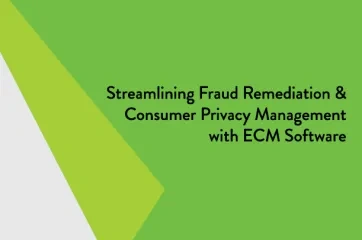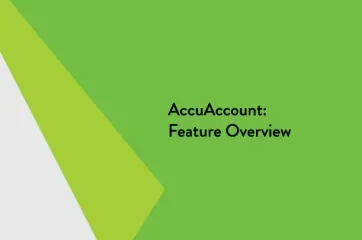Use Cases for Exception Comments
A banker might rely on exception comments for a variety of reasons. Two common examples include:
Due Diligence When Attempting to Resolve Exceptions: There are situations in which a bank may be unable to resolve an exception despite considerable effort, such as when a customer becomes unresponsive. Annotating comments in the customer’s file could help the bank track multiple attempts to contact the customer via email, phone calls, notice letters, etc. Demonstrating the bank’s good faith efforts to resolve exceptions is especially important during audits and exams. Exception comments could also be used to capture relevant customer feedback, such as noting that a customer is waiting for documents from his or her CPA.
Documenting Policy Exception: Staying within the bank’s loan policy helps the bank mitigate risk and maintain compliance. However, banks occasionally decide to make exceptions to their loan policies, such as lending to a customer whose loan to value (LTV) ratio exceeds their policy limitation. Exception comments can be used to explain the bank’s rationale for making exceptions to its loan policy.
Additional Commenting
Some bank document management systems provide a variety of commenting capabilities that go beyond basic exception commenting. For example, AccuAccount allows bankers to add and view comments at the customer, loan, and document levels (in addition to commenting on exception records). This can make it easier for documentation specialists, lenders, loan assistants, and other users to build a more complete understanding of each relationship.
For example, adding comments at the document level could prove tremendously useful if there is a future need to remember why an appraisal or other document was waived. Although waived documents may not actually show up in the bank’s ongoing exception reports, the decision to waive a document could be considered an exception and should therefore be properly documented.
Managing Exception Comments
In the past, banks relied on manual methods for tracking exception comments, such as paper comment sheets inserted into customer loan files. Modern technology is making it easier for banks to manage and comment on exceptions. Document management software that is specifically built for financial institutions, such as AccuAccount, virtually eliminates the need for handwritten comment sheets and consolidates exception comments into a single intuitive environment.
Read More about Exceptions
Browse our articles about exception tracking or continue reading more banking definitions.








